The First Domino
When I was a kid, my brothers and I were obsessed with lining up dominoes.
We’d spend entire Saturday mornings covering the living room floor with elaborate runs—curving lines of dominoes that zigzagged around the furniture, through cardboard tunnels, even off ramps made of cereal boxes. As we got older, dominoes alone weren’t enough. We graduated to Rube Goldberg machines: mouse traps, marbles, popsicle-stick catapults, wind-up toys. We didn’t just want to knock something over—we wanted it to trigger a chain of events so precise it felt like magic when it worked.
But it only worked if you tipped over the first domino. That was the key.
Tip over a middle domino first? The whole thing collapsed in all the wrong directions. Tip one too early or in the wrong order, and you’d watch helplessly as a marble missed its target or a lever snapped too soon, ruining the chain reaction. The entire system depended on sequence. You had to know where to start.
And for reasons I don’t fully understand, that childhood obsession has stuck with me. Because grown-up life, I’ve come to learn, isn’t that different.
It’s especially not different in construction.
In 1971, an apartment building was going up at 2000 Commonwealth Avenue in Boston. It was a nine-story project—modern concrete frame construction—meant to be another notch in the belt of Boston’s growing skyline. Construction crews were building fast. Maybe too fast.
The process for pouring concrete floors in a multi-story building like that is straightforward but must follow a precise order. You pour a slab, support it with wooden forms and scaffolding—called shoring—and wait for the concrete to cure. Only once the concrete is strong enough to bear its own weight can you remove those supports and move on to the next floor.
My brother—one of my old domino partners—is now a civil engineer. His specialty? Concrete.
He loves concrete more than anyone should. He can tell you about aggregate ratios, curing temperatures, the chemistry of hydration, and the ideal compressive strength of a parking garage slab in Florida humidity. It’s niche. It’s obsessive. It’s also, it turns out, really important.
He once told me that the most dangerous phase of concrete isn’t when you pour it. It’s the time right after—it looks solid, feels solid, but it hasn’t reached its full strength. That’s when people get impatient. That’s when they start removing supports or adding loads before the structure is ready.The key, again, is sequence. You can’t cheat gravity. You can’t pour faster than the concrete can cure.
But in this case, the work schedule started to override the engineering. Crews began removing the support forms under lower floors before the concrete was fully cured. Then they started pouring upper floors—adding thousands of pounds of weight onto a structure that hadn’t yet settled into its strength. And when that weight proved too much, the entire structure gave way.
On January 25, 1971, the building collapsed during a concrete pour on the top floor. Five workers were killed, and at least 30 more were injured. It was one of the worst construction disasters in Boston history.
The failure wasn’t in design. It wasn’t in materials. It was in timing—in doing things out of order.
I think about that a lot when I talk to clients about financial planning. Because money works the same way.
People want to skip steps. They want to jump into rental real estate before they have an emergency fund. They want to invest in the stock market before they’ve paid down their credit cards. They want to leave their job and start a business before they’ve run the numbers on their monthly burn rate.
They want the results of financial stability—without laying the foundation first.
But just like in construction, sequence matters.
Before you start building wealth, you need to build resilience. That means:
A basic emergency fund.
Paying off high-interest debt.
Stabilizing your income and expenses.
Getting your own financial “floor” solid enough to support whatever comes next.
Only then can you start layering on risk—investments, rental properties, business ventures.
And even when you do move forward, you don’t remove the supports all at once. You layer the weight slowly. You let the foundation cure.
